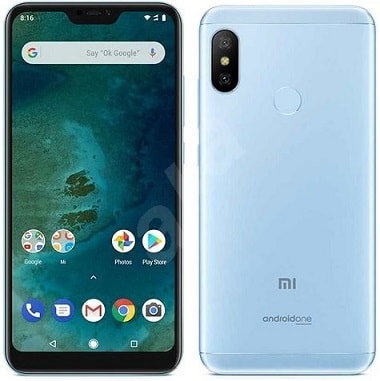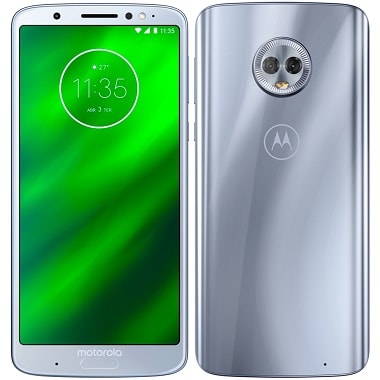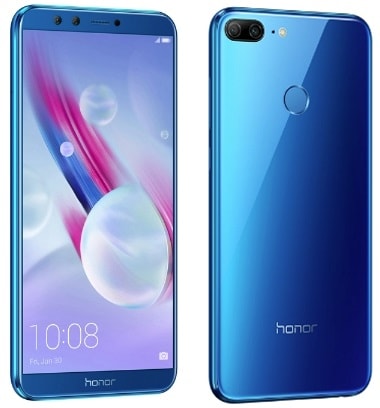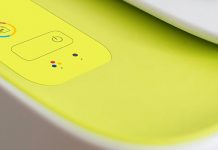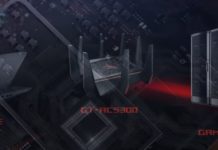This article has been just updated: January 15, 2024
When a former Apple CEO, John Sculley, founds a company whose purpose is to manufacture premium smartphones aimed at the emerging markets, the world pays attention. Obi Worldphone was founded in 2014, and its first low-cost smartphone, the Obi Worldphone SF1, launched on August 27, 2015.
Even though a few years have passed since the launch of the Obi Worldphone SF1, the smartphone has very much remained relevant to this day. In this review, we go over everything you need to know about it to decide whether still such a good buy today as it was in 2015. At the end of this article, we provide three alternatives to the Obi Worldphone SF1 so you’ll definitely leave knowing which smartphone you should buy.
Design and Build
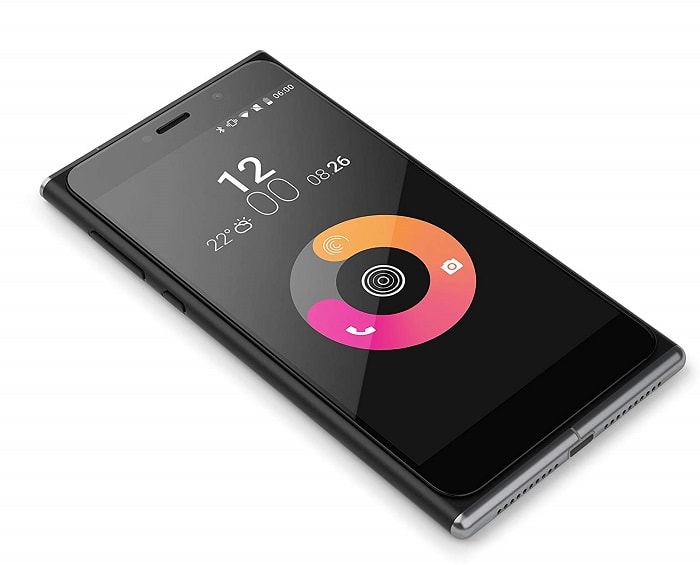
Just one look at the Obi Worldphone SF1 should be enough to tell you that the founder of Obi Worldphone, John Sculley, thinks highly of Apple’s approach to product design. Pictures don’t really do this smartphone justice. It sports a striking iPhone and Nubia mashup design, with a rounded body that provides solid grip and an elevated screen that seemingly floats above the body.
The design of this smartphone is not only beautiful but also highly practical. Because the screen is elevated, it stays further away from your fingertips, effectively minimizing accidental button presses and making the smartphone very easy to handle with just one hand.
What’s also practical is the back side of the Obi Worldphone SF1, which is completely flat. When you put the smartphone on a desk, you can be sure that it will stay in place and not inch its way toward the edge of the desk with each and every tiny vibration as so many other smartphones have the tendency to do.

The Obi Worldphone SF1 measures 146.00 x 74.00 x 8.00 (height x width x thickness) and weighs 147.00 grams. You can get it only in matte black, but it’s hard to imagine it in any other color because black suits it so well.
Display
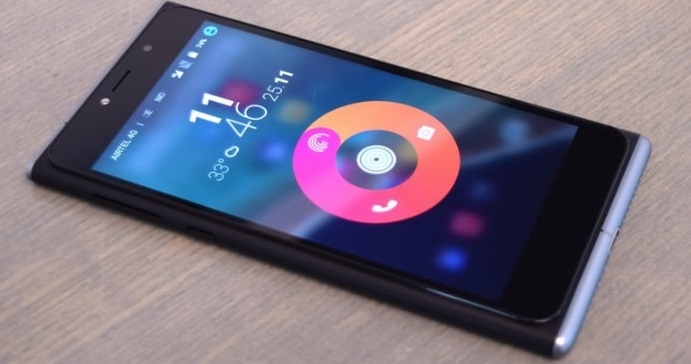
The Obi Worldphone SF1 has a 5-inch touchscreen display with a resolution of 1920 x 1080, or 43 pixels per inch. The display supports up to 5 touch inputs at the same time, and it’s protected by a slab of Corning Gorilla Glass 4.
Because the display is protected by Corning Gorilla Glass 4, you can expect it to be fairly drop-resistant. According to Corning, Gorilla Glass 4 can withstand drops up to 2x better than competitive glass designs. Unfortunately, glass can’t be exceptionally drop-resistant or exceptionally scratch-resistant, but not both at the same time. Gorilla Glass 4 leans more on the side of drop-resistance, so it’s easier to scratch than you might expect.
We can say that both the viewing angles as well as the color reproduction of the display are up there with other smartphones in the same price range. The display is readable even under direct sunlight, and it allows you to turn the brightness way down, which comes in handy when reading an eBook late at night.
Cameras
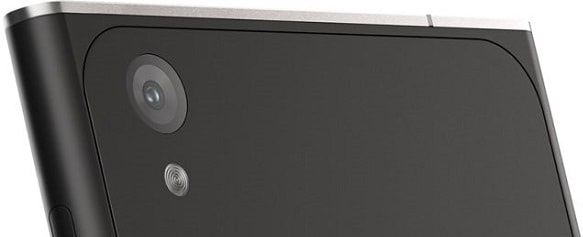 The Obi Worldphone SF1 has a 13 MP primary camera on the back and a 5 MP front-facing camera for selfies. Both cameras have an LED flash to help in low-light situations, but their low-light performance is still not what we would like it to be. The rear camera is especially noisy in poorly lit environments, and we can’t recommend the Obi Worldphone SF1 to anyone who is serious about night-time photography.
The Obi Worldphone SF1 has a 13 MP primary camera on the back and a 5 MP front-facing camera for selfies. Both cameras have an LED flash to help in low-light situations, but their low-light performance is still not what we would like it to be. The rear camera is especially noisy in poorly lit environments, and we can’t recommend the Obi Worldphone SF1 to anyone who is serious about night-time photography.
Fortunately, things are quite different during the day. We were particularly impressed with the performance of the front-facing selfie camera, which is very sharp considering how many megapixels it has. The rear camera excels in macros and landscapes, and it also records Full HD video.
Obi Worldphone has developed its own camera app, giving you countless creative photo and video modes to play with. The camera app is easy to use, fluid, and we never ran into any issues while using it.
Performance
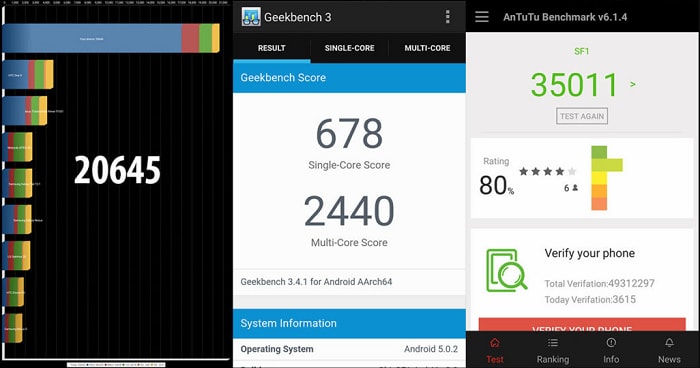
Unless your performance requirements are more than modest, we recommend you get the more expensive version of the Obi Worldphone SF1 so you can enjoy multitasking without constantly dealing with lags, slowdowns, and bottlenecks.
Verdict
The Obi Worldphone SF1 isn’t a flawless budget smartphone, but it remains an excellent buy years after its release. Just make sure to pay a bit extra for the version with 3 GB of RAM and 32 GB of storage space because 2 GB of RAM just doesn’t cut it anymore.
3 Best Alternatives to OBI WORLDPHONE SF1
Largely thanks to Chinese smartphone manufacturers, there’s no shortage of capable budget smartphones with specifications that would put many flagship devices released just a few years ago to shame. Let’s take a look at three alternatives to the Obi Worldphone SF1.
-
- Xiaomi Mi A2
The Xiaomi Mi A2 is aimed at people who expect their smartphone to make calls, access the web, run apps, and take excellent pictures. Traditionally, great picture quality was the domain of flagship devices costing over $500. Xiaomi has changed that by realizing a budget smartphone with a well-specced trio of cameras that can satisfy the needs of the most demanding users. The Xiaomi Mi A2 runs Android One, so you can receive fresh updates straight from Google.

- Motorola Moto G6
Motorola’s Moto G series of budget smartphones has received a lot of praise over the years, and the company’s last entry may just be its best budget smartphone to date. The Moto G6 has a superb camera, is sensibly priced, sports an attractive glass and aluminum body, and is available everywhere. It runs a near-stock version of Android 8 Oreo with a few useful extras thrown in, including gesture controls, Dolby Audio processing, and support for Moto Voice.

- Huawei Honor 9 Lite
With its luxurious design and a dual-sensor rear camera, the Honor 9 Lite doesn’t look like a budget smartphone. Huawei is using its own chipset, the HiSilicon Kirin 659, which has eight cores and comes with Mali-T830 MP2. Thanks to this chipset, the Honor 9 Lite is able to handle just about anything you throw at it with ease without costing an arm and a leg.

- Xiaomi Mi A2
FAQ
What is the Obi Worldphone SF1 and who manufactures it?
The Obi Worldphone SF1 is a mid-range smartphone developed by Obi Worldphone, a company founded by former Apple CEO John Sculley. It is designed to be an affordable yet stylish option for emerging markets.
Can you describe the design features of the Obi Worldphone SF1?
Yes, the Obi Worldphone SF1 boasts a distinctive design with a raised glass display referred to as the floating screen. It features a unibody with metal accents and textured back for better grip.
What are the key specifications of the Obi Worldphone SF1?
The Obi Worldphone SF1 sports a 5-inch full HD display, Qualcomm Snapdragon 615 processor, 2GB or 3GB RAM options, 16GB or 32GB storage options, a 13MP rear camera, and a 5MP front camera, with a 3000mAh battery.
How does the Obi Worldphone SF1 perform in terms of battery life?
Battery life on the Obi Worldphone SF1 is generally adequate, delivering a full day’s use for most users thanks to its 3000mAh battery. However, performance can vary based on the intensity of usage.
Is the camera quality decent on the Obi Worldphone SF1?
The 13MP rear camera of the Obi Worldphone SF1 can capture good quality images, especially in well-lit conditions, while the 5MP front camera is suitable for basic selfies and video calls.
What operating system does the Obi Worldphone SF1 run?
The Obi Worldphone SF1 originally ran on Android 5.0.2 Lollipop with Obi’s own customized user interface layered on top, creating a unique user experience.
Does the Obi Worldphone SF1 support 4G LTE networks?
Yes, the Obi Worldphone SF1 is equipped to handle 4G LTE networks, allowing for fast data speeds in supported regions.
Are there any notable costs or value considerations for the Obi Worldphone SF1?
As an affordable device aimed at emerging markets, the Obi Worldphone SF1 was priced competitively, making it a good value-for-money option for those on a budget seeking a smartphone with solid features.
Is there any expandable storage option available for the Obi Worldphone SF1?
Yes, the Obi Worldphone SF1 offers expandable storage through a microSD card slot, enabling users to increase their storage capacity.
How does the Obi Worldphone SF1 perform with gaming and multitasking?
With the Snapdragon 615 processor and the option for 3GB of RAM, the Obi Worldphone SF1 can handle basic gaming and multitasking. However, it may struggle with more intensive applications and games.
What connectivity options are available on the Obi Worldphone SF1?
The Obi Worldphone SF1 includes various connectivity options such as Wi-Fi, Bluetooth 4.0, GPS, and micro-USB for charging and data transfer.
Does the Obi Worldphone SF1 have dual SIM capability?
Yes, the Obi Worldphone SF1 supports dual SIM functionality which is a useful feature for users who need two separate phone numbers for personal and business use.
Can you suggest some alternatives to the Obi Worldphone SF1?
Alternatives to the Obi Worldphone SF1 include the Moto G series, Xiaomi Redmi phones, and Samsung Galaxy A series. These alternatives offer similar features and competitive prices within the budget smartphone segment.
What is the screen resolution and pixel density of the Obi Worldphone SF1?
The Obi Worldphone SF1 features a full HD screen with a resolution of 1080 x 1920 pixels, resulting in a sharp pixel density of approximately 443 PPI.
How has user feedback been regarding the Obi Worldphone SF1 user interface and usability?
User feedback on the Obi Worldphone SF1‘s custom UI has been mixed; some users appreciate the unique design elements and functionality, while others prefer a more stock Android experience.
Is there any protection against drops or scratches on the Obi Worldphone SF1 screen?
The Obi Worldphone SF1 includes Corning Gorilla Glass 4 for its screen, providing a degree of scratch and impact resistance, though additional protection like a case is recommended for better durability.
What sensors are included in the Obi Worldphone SF1?
The Obi Worldphone SF1 includes an accelerometer, gyroscope, proximity sensor, and ambient light sensor to enhance the user experience with various functionalities.
Has the Obi Worldphone SF1 received any software updates?
Since its launch, the Obi Worldphone SF1 may have received intermittent software updates, but users should not expect the same level of software support as seen from larger manufacturers. For more recent devices and support, users could explore other smartphone brands.
Was the Obi Worldphone SF1 offered with any warranty or customer service support?
Yes, the Obi Worldphone SF1 was offered with a standard warranty at the time of purchase. The level of customer service depended on the region, and service centers may be limited.
Could you provide a reliable source for more in-depth reviews or information on the Obi Worldphone SF1?
For comprehensive reviews and more detailed information, potential buyers could visit tech websites like GSMArena, which provide extensive specifications, user opinions, and comparisons with other smartphones.



